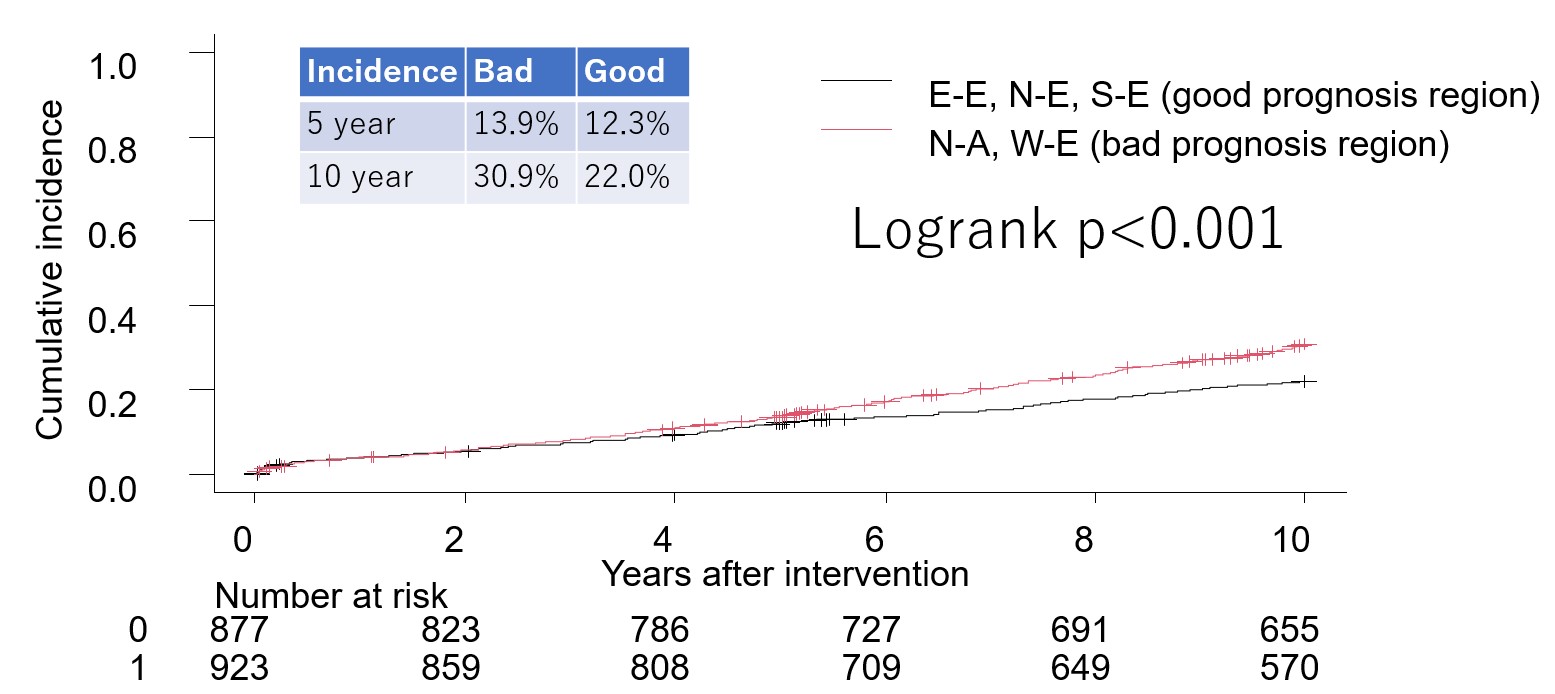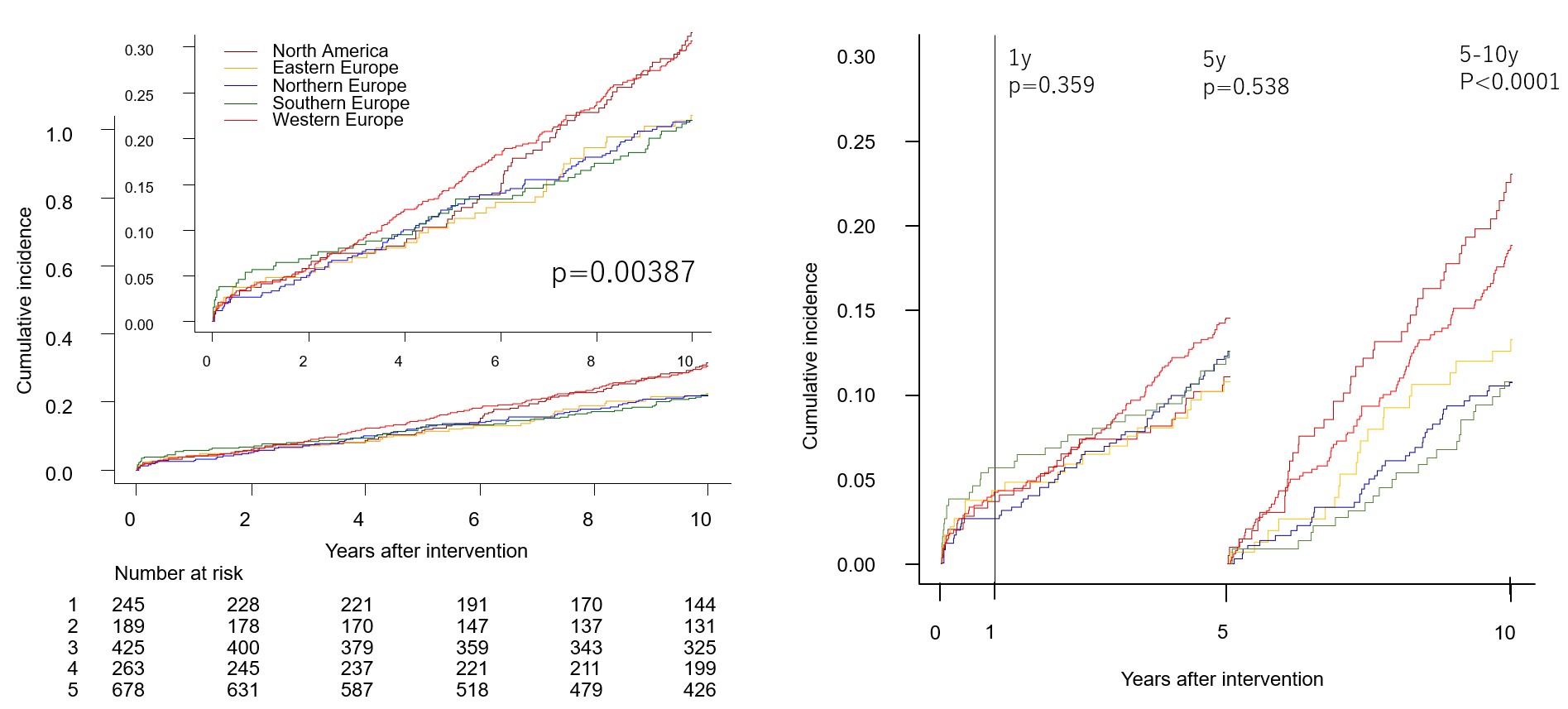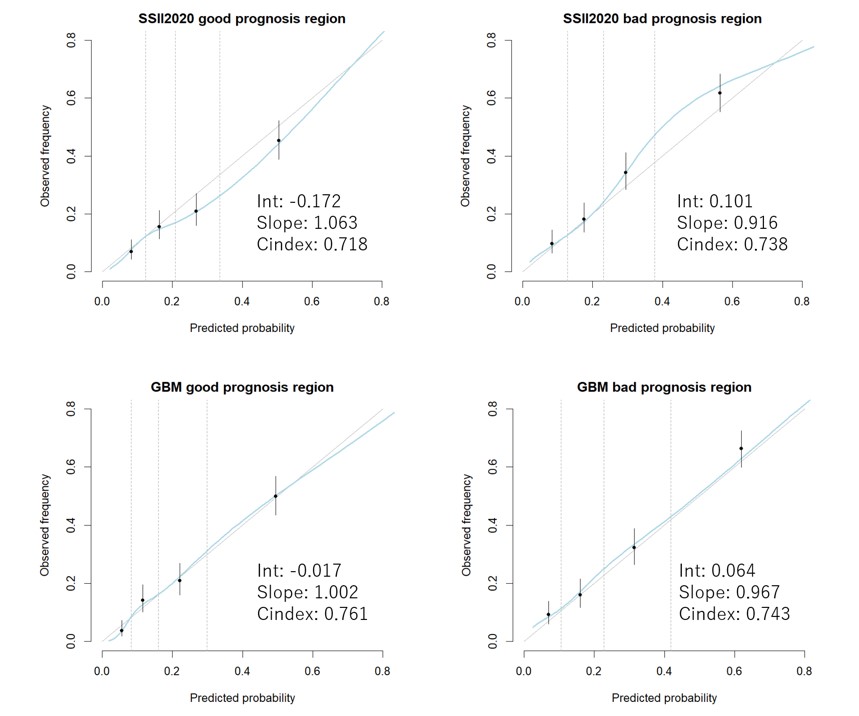Lots of interesting abstracts and cases were submitted for TCTAP 2022. Below are the accepted ones after a thorough review by our official reviewers. Don’t miss the opportunity to expand your knowledge and interact with authors as well as virtual participants by sharing your opinion in the comment section!
TCTAP A-026
Impact of Geographic Disparity on 10-year Mortality in the SYNTAXES Trial, According to the SYNTAX Score II 2020 and Applying Machine Learning (Gradient Boosting Model)
By Shigetaka Kageyama, Kai Ninomiya, Shinichiro Masuda, Nozomi Kotoku, Yoshinobu Onuma, Patrick W. Serruys
Presenter
Shigetaka Kageyama
Authors
Shigetaka Kageyama1, Kai Ninomiya2, Shinichiro Masuda1, Nozomi Kotoku1, Yoshinobu Onuma1, Patrick W. Serruys1
Affiliation
University of Galway, Ireland1, Iwate Medical University, Japan2
View Study Report
TCTAP A-026
Bifurcation/Left Main Diseases and Intervention
Impact of Geographic Disparity on 10-year Mortality in the SYNTAXES Trial, According to the SYNTAX Score II 2020 and Applying Machine Learning (Gradient Boosting Model)
Shigetaka Kageyama1, Kai Ninomiya2, Shinichiro Masuda1, Nozomi Kotoku1, Yoshinobu Onuma1, Patrick W. Serruys1
University of Galway, Ireland1, Iwate Medical University, Japan2
Background
Treatment outcome following revascularization of complex coronary artery disease differs between countries. The aims of the present study were to evaluate the impact of geographic disparity on all-cause death at 10 years.
Methods
The design and the primary results of the SYNTAX study have been reported previously. Briefly, all-comer patients with de novo 3 vessel disease and/or left main coronary artery disease deemed to be eligible for both PCI and CABG were enrolled and randomized to either CABG (n= 897) or PCI (n=903) with the TAXUS drug-eluting stent (Boston Scientific, Marlborough, MA, USA). The SYNTAXES study aimed to evaluate10-year all-cause mortality in the SYNTAX trial. Patients (n=1800) were enrolled in North America (N-A, n=245), and Europe was subdivided into four regions: Eastern Europe (E-E, n=189), Northern Europe (N-E, n=425), Southern Europe (S-E, n=263), and Western Europe (W-E, n=678).
Results
The SYNTAX score II 2020, combining comorbidity and anatomy, was significantly higher in N-A, S-E, and W-E when compared to the other regions (28.2±19.8 vs 24.1±16.7, p<0.001).Kaplan–Meier analysis showed that N-A and W-E had significantly higher mortality than the other regions (30.9% vs 22.0%, Log-rank P<0.001, figure 1). Landmark analysis showed no significant difference between the 5 groups in the first 5 years (Log-rank P=0.538), while a significant divergence of the survival curves was present between 5 to 10 years (Log-rank P<0.001, figure 2). In Cox regression analysis, enrollment in the high-risk region itself was an independent determinant of 10 years mortality (HR 1.259, 95%CI 1.033-1.533, P=0.023). The calibration plots of predicted versus observed all-cause mortality derived from the entire cohort (slope 0.98, intercept -0.024, c index0.73) show substantial overestimation in the two highest quartiles of N-A and W-E population whereas underestimations in the same quartiles documented for the other regions (E-E, N-E, and S-W) using SYNTAX score II 2020, that could be improved by machine learning (method: a gradient boosting model) including geography disparity (slope 0.99, intercept 0.026, c index 0.75, figure 3).






Conclusion
Geography is an independent determinant of the long-term prognosis of coronary artery disease following revascularization. N-A and W-E survival outcomes are worse than in the other European regions. Including geographic disparity, machine learning could predict the 10-year mortality of the intercontinental SYNTAX trial more accurately than the SYNTAX score II 2020.


